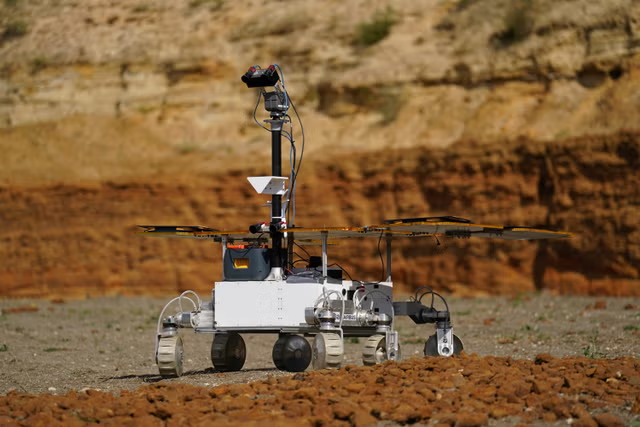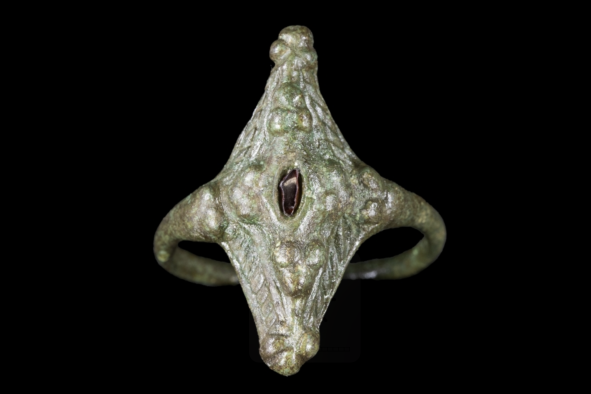An ancient bronze dagger associated with a sophisticated, extinct civilization has been found in the depths of the Mediterranean Sea off the coast of Turkey.
The dagger, which features silver rivets, is thought to be around 3,600 years old. It was uncovered during underwater excavations conducted by a team from Akdeniz University, located in Antalya Province.
The excavations took place off the coast of Kumluca district in Antalya, which lies in the south of Turkey, the country's Culture and Tourism Minister Mehmet Nuri Ersoy announced on social media.
"A 3,600-year-old secret from the depths of the Mediterranean has come to light," Ersoy said in a post on Facebook.
"I would like to thank the teams of Akdeniz University and the Department of Excavations and Research for their meticulous work in unearthing the traces of civilizations hidden in the depths of the Mediterranean," he said.
The dagger is associated with the Minoan civilization, which was centered on the island of Crete—now part of Greece—lasting from around 3,000 B.C. to 1,100 B.C. It is associated with numerous cultural and artistic achievements.
Peaking around 1,600 B.C., the Bronze Age Minoan civilization was known for its great cities and architectural complexes, sophisticated artwork, its written script, and extensive trade routes which spread out across the Mediterranean.
The civilization exerted significant influence on the ancient Mycenaean culture, which originated on mainland Greece and eventually came to control the nearby islands, including Crete, thus, superseding the Minoans.
The ancient Mycenaean culture, which spanned the period between around 1700-1100 B.C. during the late Bronze Age, is generally considered to be the first advanced civilization to develop on the Greek mainland.
Among the Mycenaean era's numerous achievements, the culture developed a syllabic script, which represents the earliest known form of written Greek.
The civilization was centered on the ancient city of Mycenae, located in the northeastern Peloponnese peninsula.
Earlier this year, experts announced the discovery of Bronze Age ax off the coast of southern Norway.
The ax is believed to date to around 1300-1100 B.C., according to researchers from the Norwegian Maritime Museum (NMM).
The "unique" ax was discovered off the coast of Arendal on the seabed in the strait of Tromøysund at a depth of approximately 40 feet, Jørgen Johannessen, a marine archaeologist at the NMM, told Newsweek at the time.
It is the "oldest metal artifact found underwater in Norway", Johannessen said.
Do you have a tip on a science story that Newsweek should be covering? Do you have a question about archaeology? Let us know via science@newsweek.com.
Disclaimer: The copyright of this article belongs to the original author. Reposting this article is solely for the purpose of information dissemination and does not constitute any investment advice. If there is any infringement, please contact us immediately. We will make corrections or deletions as necessary. Thank you.



